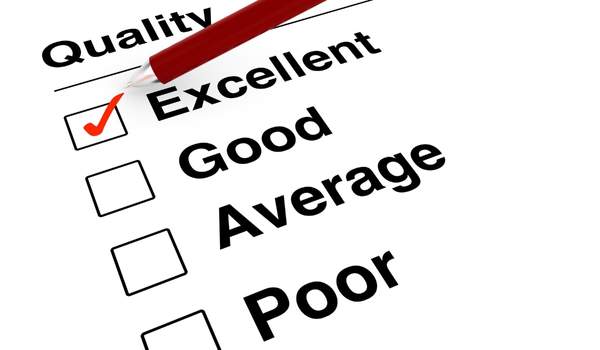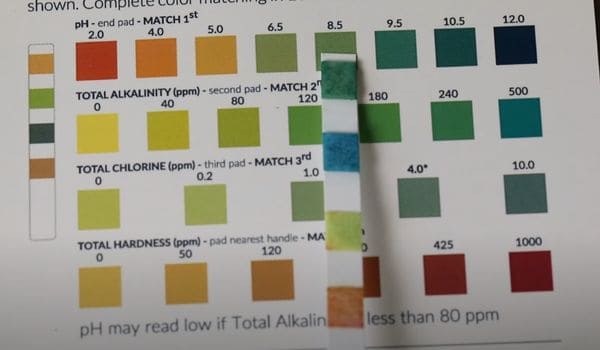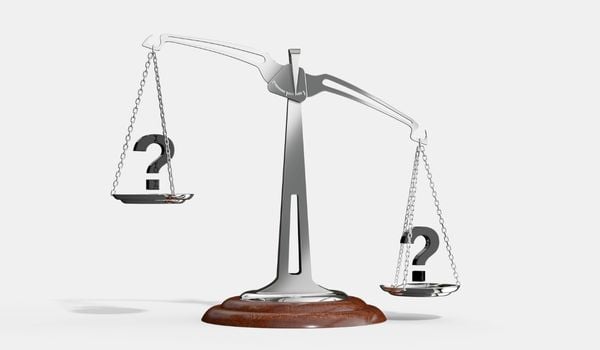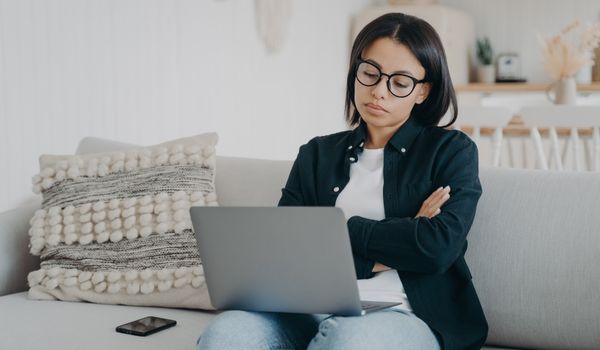Chlorine is a lifesaver in public water systems—no one wants to drink bacteria. But if your tap water tastes like it came straight from a swimming pool, it might be time to check your levels.
The good news? Testing for chlorine is quick, easy, and you don’t need fancy lab equipment to do it.
Let’s walk through how to spot high chlorine levels and what you can do if your water needs a little TLC.
🧠 Quick Takeaways
- ✅ Chlorine Makes Water Safe—but It’s a Balancing Act – Too little risks bacteria, too much messes with taste and comfort
- ✅ Simple At-Home Tests Are Available – Strips, drops, or digital testers give quick answers
- ✅ Free Chlorine Is What Matters Most – It’s the “active” form that keeps water safe (and affects taste)
- ✅ Filters Can Remove Chlorine Easily – Carbon and KDF filtration are your best bets for better water
- ✅ Certified Lab Testing Gives the Full Picture – Services like Tap Score offer professional results you can trust
💧 Why Chlorine’s in Tap Water

💬 Chlorine’s been doing the heavy lifting in public water systems for more than 100 years. It keeps our water safe from nasty stuff we can’t see—like bacteria and viruses—but it can also bring along a few side effects we’d rather avoid.
Without chlorine, drinking water would be a whole different story—more risky, less reliable, and way more prone to germs.
But while it’s essential for safety, chlorine isn’t perfect:
- 🚿 It can irritate skin, eyes, and lungs—especially in showers
- 🧪 It can leave tap water tasting or smelling like a public pool
- 💧 Residual chlorine can react with organic matter and form byproducts (like trihalomethanes)
So while chlorine keeps our water clean, many people choose to filter it out once it reaches their home—especially if they’re sensitive to the taste or side effects.
🔍 Types of Chlorine You’ll Find

| 🔍 Chlorine Type | 📌 What It Tells You | ✅ Good to Know |
|---|---|---|
| 🧼 Free Chlorine | Still active and able to disinfect | This is what protects you — aim for 0.3–0.5 ppm |
| 🔗 Combined Chlorine | Already reacted with organic matter | Has little disinfection power left |
| ➕ Total Chlorine | Free + Combined Chlorine combined | Mainly useful for city treatment plants and pool owners |
When testing your own water, the only number that really matters is free chlorine. It’s the one that tells you if your tap water is safe — and whether it’s time to consider a filter.
🧪 Should You Check Your Water?

If your water smells like a pool, or your skin feels tight after a shower, there’s a good chance chlorine is part of the problem.
While most public water systems aim for just enough chlorine to keep things safe, it’s not always perfectly balanced — especially after long travel through pipes. Testing for chlorine helps you figure out:
- 🛠️ Do you need a water filter — or a different one — to remove it?
- 💧 Is there enough chlorine to keep your water biologically safe?
- 😬 Is there too much chlorine causing taste, odor, or skin issues?
🏠 DIY Chlorine Testing

Home chlorine test kits are fast, cheap, and surprisingly effective—especially if you’re dealing with odd smells, dry skin, or suspect your filter isn’t pulling its weight. But like anything, there are trade-offs. Here’s how DIY testing stacks up:
| 👍 Pros | 👎 Cons |
|---|---|
| Identifies chlorine levels in seconds Great for spot checks before installing or upgrading a filter |
May not detect total chlorine accurately Some kits only test free chlorine, missing other forms |
| Budget-friendly Test strips and digital meters are inexpensive and easy to find |
Can expire quickly Open bottles of test strips may lose accuracy within months |
| No special tools needed Most kits require no plumbing or professional help |
Human error can skew results Misreading color charts or timing issues can lead to wrong conclusions |
💡 Pro Tip: If you’ve already got a water filter installed, test before and after to see if it’s still doing its job—or if it’s time to swap the cartridge.
🎯 Picking a Test Kit

Not all chlorine test kits are created equal. Some are super quick but not super accurate. Others give lab-grade results without the lab coat.
Here’s a breakdown to help you pick the right tool for the job:
| 🧪 Test Type | ⚡ Pros | ⚠️ Cons |
|---|---|---|
| 📏 Test Strips | Cheap, fast, and easy to use at home | Less precise; results are visual and approximate |
| 🧪 Pool Reagent Kits | Better accuracy than strips; can test pH too | Requires mixing chemicals and timing carefully |
| 🎯 Color Disc Kits | More precise than strips or pool kits | Higher cost; takes a few extra minutes to use |
| 📱 Digital Colorimeters | Fast, highly accurate, reusable | Costs more upfront (~$50–$100) |
| 🧪 Lab Testing | Professional-grade accuracy and full water profile | Results take a few days; costs more than DIY kits |
💡 Pro Tip: If you’re testing water for babies, immunocompromised family members, or frequent filter monitoring, investing in a digital colorimeter or lab testing is worth every penny.
🔍 Which Test Kit’s Best?

If you’re just getting started with water testing, any kit is better than guessing. But choosing the right type can save you time, money, and second-guessing later. Here’s what to consider:
- ✅ First-Time Testers: If you’ve never tested your water before, go for a lab kit like SimpleLab’s Tap Score. You’ll get a full breakdown—plus real advice on fixing any problems, not just chlorine.
- ✅ Frequent Monitoring: If you’ve already installed a filter and just want to double-check chlorine levels occasionally, a pack of test strips or a digital colorimeter is perfect.
- ✅ Smell/Taste Issues Only: If your only concern is “Why does my water taste like a pool?” — any basic chlorine test will give you a clear yes or no.
💬 Pro Tip: If you’re seeing frequent boil notices in your area, testing monthly (even with strips) can give you a heads-up before bigger problems start.
💬 Should You Filter It Out?
Chlorine keeps our water safe—but if it’s drying out your skin, wrecking your coffee, or just making life less comfortable, filtering it out is an easy win. A small filter upgrade can make a big difference — without sacrificing safety. the simplest solution.
🚿 Filters That Work for Chlorine

Chlorine is actually one of the easiest things to filter out of tap water — but the right system depends on how much you want to remove and where you want it gone (just the kitchen sink, or the whole house?).
Here’s a quick cheat sheet:
| 🚰 Filter Type | 🎯 Best For | ⚡ Strengths |
|---|---|---|
| 🧴 Pitcher Filters | Quick fixes for drinking water | Cheap, easy to use, portable |
| 🚿 Faucet-Mounted Filters | Kitchen sinks and coffee makers | Instant filtered water for cooking & drinking |
| 🧪 Under-Sink Reverse Osmosis Systems | Serious chlorine removal + other contaminants | Best tasting water, strong multi-stage filtration |
| 🏠 Whole-House Carbon/KDF Filters | Filtering chlorine from every tap, shower, appliance | Protects hair, skin, and plumbing system-wide |
💬 Good to Know: If chlorine smell is strongest when you shower, a whole-house carbon or KDF filter is your best bet. But if it’s just the drinking water that’s bothering you, a countertop or under-sink system can fix it fast (and cheaper).
🧼 Final Thoughts
Chlorine keeps your water safe, but that doesn’t mean you have to live with dry skin, bitter coffee, or tap water that smells like a swimming pool.
Testing your water is quick, easy, and affordable — and if chlorine levels are higher than you like, there’s no shortage of ways to fix it. Whether it’s a simple faucet filter or a whole-house upgrade, better-tasting, better-feeling water is closer than you think.
Because clean water shouldn’t just be safe — it should feel good too.
 113 people found this helpful. Was this guide helpful to you?
113 people found this helpful. Was this guide helpful to you? 

